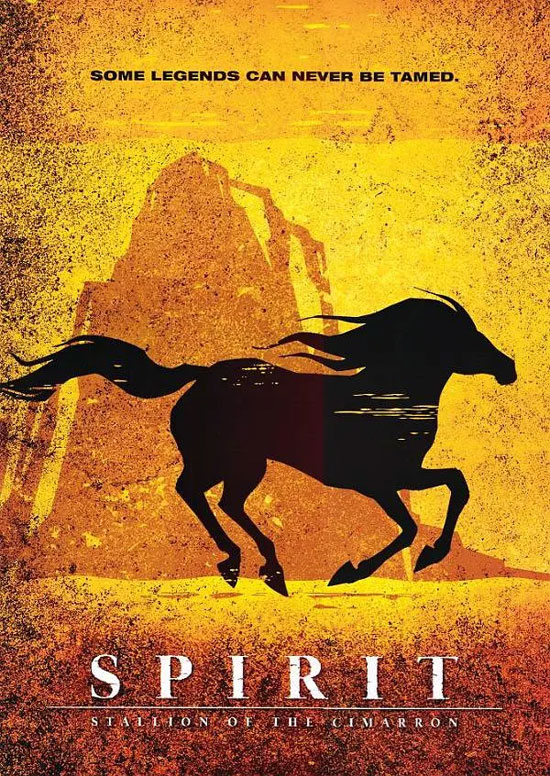Film Name: 小马王 / Spirit: Stallion of the Cimarron

Without a doubt, this is DreamWorks’ best animated film to date.
It’s a shame that such a film—one that leaves a far greater impact than Shrek or Madagascar—hasn’t received the recognition it deserves. Few discuss it, few review it, and few even know it exists.
Its greatest emotional impact lies in its lack of the heavy commercialism typical of other Hollywood films. It doesn’t feel like you’re paying to consume a bizarre story, quirky characters, or a fast-food-style theme. From the very start, “Spirit: Stallion of the Cimarron” establishes an emotional connection, a soothing comfort for the soul, making you forget you’re watching a movie and truly feel transported into its world.
This film transcends the Disney-style anthropomorphized animal imagery. While it inherits Disney’s nuanced expressions and dynamic movements, it also restores horses to their authentic essence—as majestic steeds galloping across the plains, not humans in horse costumes. Its perspective is entirely from the horses’ viewpoint—their pursuit of freedom, their wild and untamed spirit, their devotion to their herd, their hostility toward humans—rather than depicting a group of penguins obsessed with singing and dancing, as in “Happy Feet.” If Disney’s emphasis on character movement and expression was his contribution to animation, then the Disney studio’s uninspired adherence to this tradition represents stagnation—even regression—in animation. This is because such action sequences later became rigidly categorized under labels like “Disney’s Seven Principles,” evolving from a classic approach into a formulaic, stilted imitation. But The Little Prince of Horses returns chase scenes and romance—elements already reduced to formula—to their authentic essence.
For The Little Prince of Horses, the fact that characters communicate not through human speech but through horse whinnies is not a flaw, but a stroke of genius. Its brilliance lies in how, despite hearing only horse whinnies, you feel you understand what they’re saying—their thoughts and feelings in that moment. This sense of heart-to-heart communication is something long absent from Hollywood animation.
This brief review overlooks much, like the 2D style and the film’s superb music—these are best experienced firsthand by audiences.
Ultimately, what sets “Spirit: Stallion of the Cimarron” apart is an aura that most Hollywood animations simply cannot match.
Please specify:Anime Phone Cases » Spirit: Stallion of the Cimarron 2002 Animation Film Review: The DreamWorks film that moved me the most